When building or renovating a home, one of the key decisions you’ll have to make is the height of your ceilings. While it may seem like a minor detail, the height of your ceilings can greatly impact the overall look and feel of your living space. So, what is the standard ceiling height for residential homes? The average ceiling height for residential homes in the United States is 9 feet. This height has been deemed comfortable and functional for the majority of homeowners. However, there are factors that can affect the ideal ceiling height for your living room.Standard Ceiling Heights for Residential Homes
Before we dive into the average height for living room ceilings, it’s important to know how to measure the height of a room. First, you’ll need a tape measure and a ladder. Then, follow these steps: 1. Position the ladder. Place the ladder in a stable position directly under the highest point of your ceiling. 2. Measure from the floor to the ceiling. Use the tape measure to find the distance from the floor to the highest point of your ceiling. 3. Record your measurement. Write down the measurement in feet and inches.How to Measure the Height of a Room
As mentioned earlier, the average ceiling height for living rooms in the United States is 9 feet. This height is considered to be a comfortable and functional height for most living spaces. However, this may not be the case for every home. If you live in an older home, you may have lower ceilings. In fact, homes built before the 1950s typically have 8-foot ceilings. This was the standard height at the time and was seen as practical and cost-effective. However, if you have high ceilings, your living room may feel more spacious and grand.Average Ceiling Height for Living Rooms
The average height of a living room ceiling is typically 9 feet, as mentioned earlier. However, there are other factors that can affect the height of your living room ceiling. For example, if you have a two-story home, the first floor may have 9-foot ceilings while the second floor may have 8-foot ceilings. This is because the second floor is built on top of the first floor’s ceiling, reducing the overall height.What is the Average Height of a Living Room Ceiling?
When it comes to living room ceiling heights, there is no “normal” or “standard” height. It ultimately depends on personal preference and the design of your home. However, there are some general guidelines you can follow when choosing the right ceiling height for your living room. 1. Consider the size of your living room. If your living room is on the smaller side, a 9-foot ceiling can make the space feel cramped. In this case, a 10-foot ceiling or higher can create the illusion of a larger space. 2. Think about the purpose of the room. If your living room is primarily used for entertaining guests, a 10-foot ceiling can add an elegant and spacious feel to the space. However, if your living room is more of a cozy hangout spot, a 9-foot ceiling may be more suitable.Living Room Ceiling Height: What's Normal?
If you’re not satisfied with the height of your living room ceiling, there are ways to increase it. However, this can be a costly and difficult process, so it’s important to consider all factors before making a decision. 1. Raise the ceiling. This involves removing the existing ceiling and raising it to your desired height. This can be a messy and complicated process, but it can significantly increase the height of your living room ceiling. 2. Add a tray or coffered ceiling. If raising the entire ceiling is not an option, you can create the illusion of a higher ceiling by adding a tray or coffered ceiling. These designs add depth and dimension to the ceiling, making it appear higher.How to Increase the Height of Your Living Room Ceiling
As mentioned earlier, there are several factors that can affect the ideal height for your living room ceiling. These include: 1. Age of the home. As mentioned, older homes tend to have lower ceilings while newer homes may have higher ceilings. 2. Structural limitations. The design and structure of your home may limit the maximum height of your living room ceiling. 3. Cost. Raising a ceiling or adding a tray or coffered ceiling can be expensive, so it’s important to consider your budget before making any changes.Factors That Affect the Height of a Living Room Ceiling
Now that you know the average height of living room ceilings and what factors can affect it, here are some tips for choosing the right ceiling height for your living room: 1. Consider the overall design of your home. Your living room ceiling height should complement the rest of your home’s design. 2. Think about the natural light. Higher ceilings can allow for more natural light to enter the room, making it feel brighter and more open. 3. Keep functionality in mind. The height of your living room ceiling should also be practical for everyday use.Tips for Choosing the Right Ceiling Height for Your Living Room
Both high and low living room ceiling heights have their own pros and cons. Here are some to consider: High Ceilings: Pros: - Can make the space feel more spacious and grand - Allow for more natural light Cons: - Higher ceilings can be more expensive to heat and cool - Can be difficult to maintain and clean Low Ceilings: Pros: - Can create a cozy and intimate atmosphere - More energy efficient Cons: - Can make the space feel smaller and cramped - May not be suitable for taller individualsThe Pros and Cons of High vs. Low Living Room Ceiling Heights
If you have low ceilings in your living room but don’t want to go through the hassle and expense of raising them, there are ways to create the illusion of a higher ceiling: 1. Use vertical lines. Vertical lines draw the eye upwards, making the ceiling appear higher. This can be achieved through the use of tall curtains, vertical stripes on walls, or tall bookcases. 2. Choose light colors. Light colors reflect light and make the room feel brighter and more open. This can also make the ceiling appear higher. 3. Install recessed lighting. Recessed lighting can create the illusion of a higher ceiling by drawing the eye upwards.How to Create the Illusion of a Higher Ceiling in Your Living Room
The Impact of Ceiling Height on House Design

How the Average Height of Living Room Ceiling Affects Your Home
 When designing a house, there are many factors to consider, such as layout, materials, and overall style. However, one often overlooked aspect is the height of the living room ceiling. The average height of living room ceilings can greatly impact the overall design and feel of a home. It is not just a matter of aesthetics, but also functionality and comfort.
Increased Visual Space
One of the main advantages of having a high living room ceiling is the increased visual space it provides. A higher ceiling can make a room look and feel larger, creating an open and airy atmosphere. This is especially beneficial for smaller homes or rooms with limited natural light. By raising the ceiling, you can create the illusion of a larger space, making it feel more spacious and inviting.
Improved Lighting
In addition to creating the illusion of more space, a taller living room ceiling can also improve the lighting in your home. With a higher ceiling, there is more room for windows and skylights, allowing for more natural light to enter the room. This not only makes the room brighter and more welcoming, but it can also save on energy costs by reducing the need for artificial lighting during the day.
Enhanced Design Options
A higher living room ceiling also opens up a world of design possibilities. With more vertical space, you can incorporate unique architectural features, such as exposed beams, vaulted ceilings, or a grand chandelier. These design elements can add character and charm to your home, making it stand out from others in the neighborhood. Additionally, a high ceiling can accommodate taller furniture pieces and artwork, giving you more options for decorating your living room.
Improved Air Circulation
Another benefit of a higher living room ceiling is improved air circulation. Heat rises, so with a taller ceiling, warm air is pushed up towards the ceiling, creating a natural flow of air throughout the room. This can help regulate the temperature and make the room more comfortable, especially during the summer months.
In conclusion, the average height of living room ceilings can greatly impact the design and functionality of your home. By raising the ceiling, you can create a more spacious and inviting atmosphere, improve natural lighting, and open up a world of design possibilities. So, next time you are designing a home or considering a renovation, don't overlook the importance of ceiling height.
When designing a house, there are many factors to consider, such as layout, materials, and overall style. However, one often overlooked aspect is the height of the living room ceiling. The average height of living room ceilings can greatly impact the overall design and feel of a home. It is not just a matter of aesthetics, but also functionality and comfort.
Increased Visual Space
One of the main advantages of having a high living room ceiling is the increased visual space it provides. A higher ceiling can make a room look and feel larger, creating an open and airy atmosphere. This is especially beneficial for smaller homes or rooms with limited natural light. By raising the ceiling, you can create the illusion of a larger space, making it feel more spacious and inviting.
Improved Lighting
In addition to creating the illusion of more space, a taller living room ceiling can also improve the lighting in your home. With a higher ceiling, there is more room for windows and skylights, allowing for more natural light to enter the room. This not only makes the room brighter and more welcoming, but it can also save on energy costs by reducing the need for artificial lighting during the day.
Enhanced Design Options
A higher living room ceiling also opens up a world of design possibilities. With more vertical space, you can incorporate unique architectural features, such as exposed beams, vaulted ceilings, or a grand chandelier. These design elements can add character and charm to your home, making it stand out from others in the neighborhood. Additionally, a high ceiling can accommodate taller furniture pieces and artwork, giving you more options for decorating your living room.
Improved Air Circulation
Another benefit of a higher living room ceiling is improved air circulation. Heat rises, so with a taller ceiling, warm air is pushed up towards the ceiling, creating a natural flow of air throughout the room. This can help regulate the temperature and make the room more comfortable, especially during the summer months.
In conclusion, the average height of living room ceilings can greatly impact the design and functionality of your home. By raising the ceiling, you can create a more spacious and inviting atmosphere, improve natural lighting, and open up a world of design possibilities. So, next time you are designing a home or considering a renovation, don't overlook the importance of ceiling height.
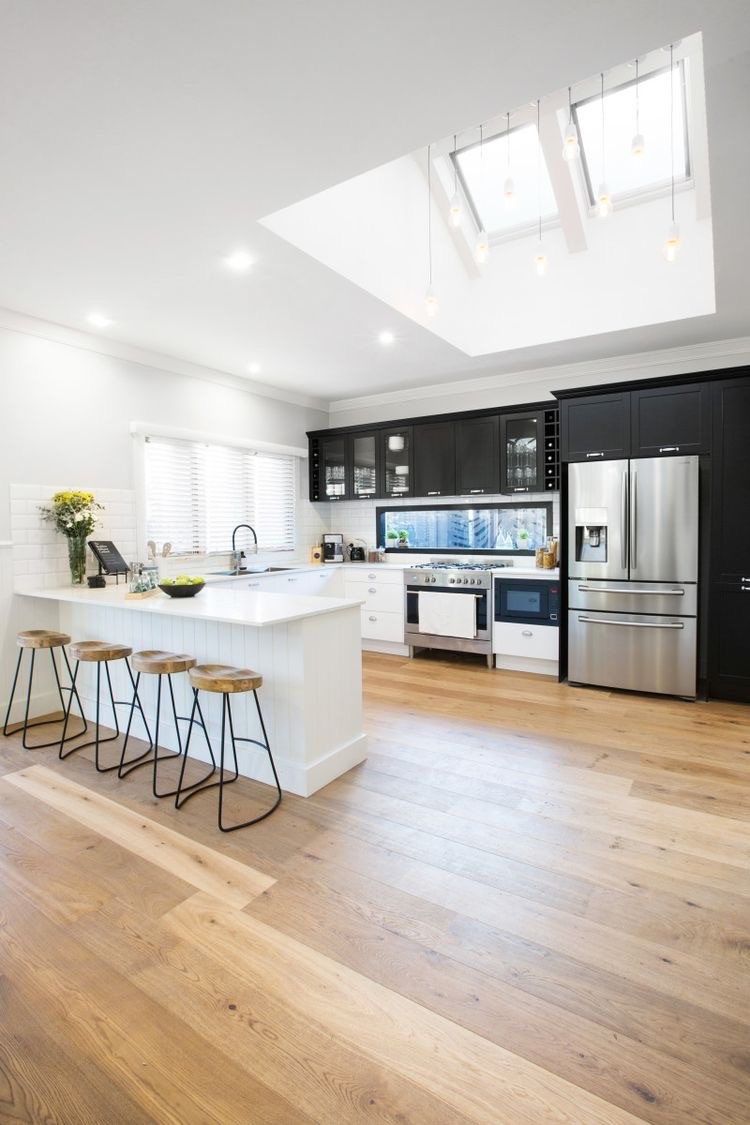


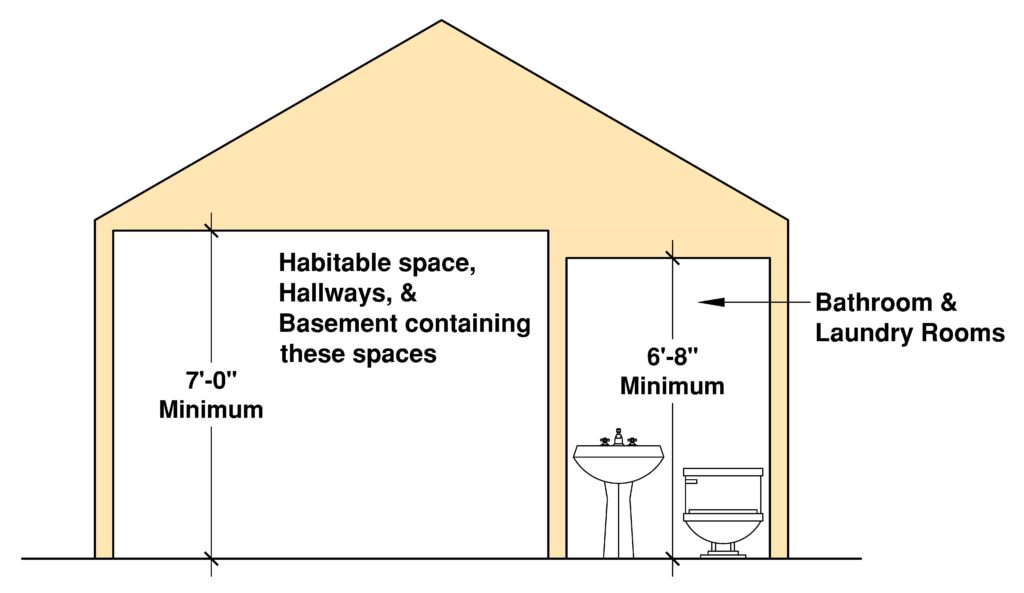


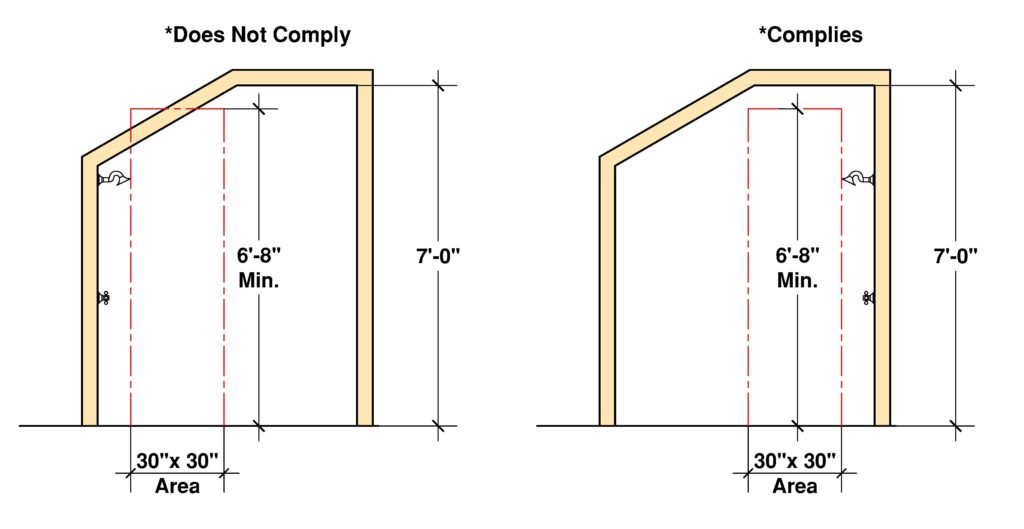
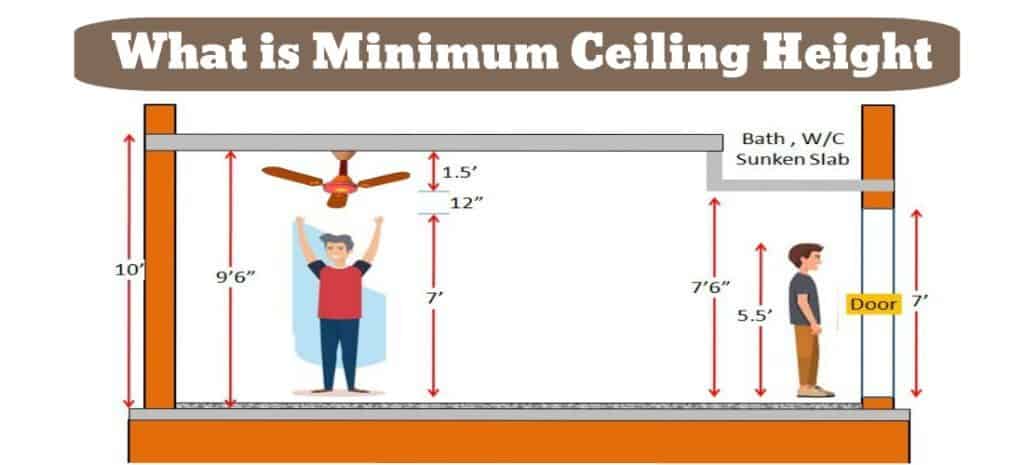













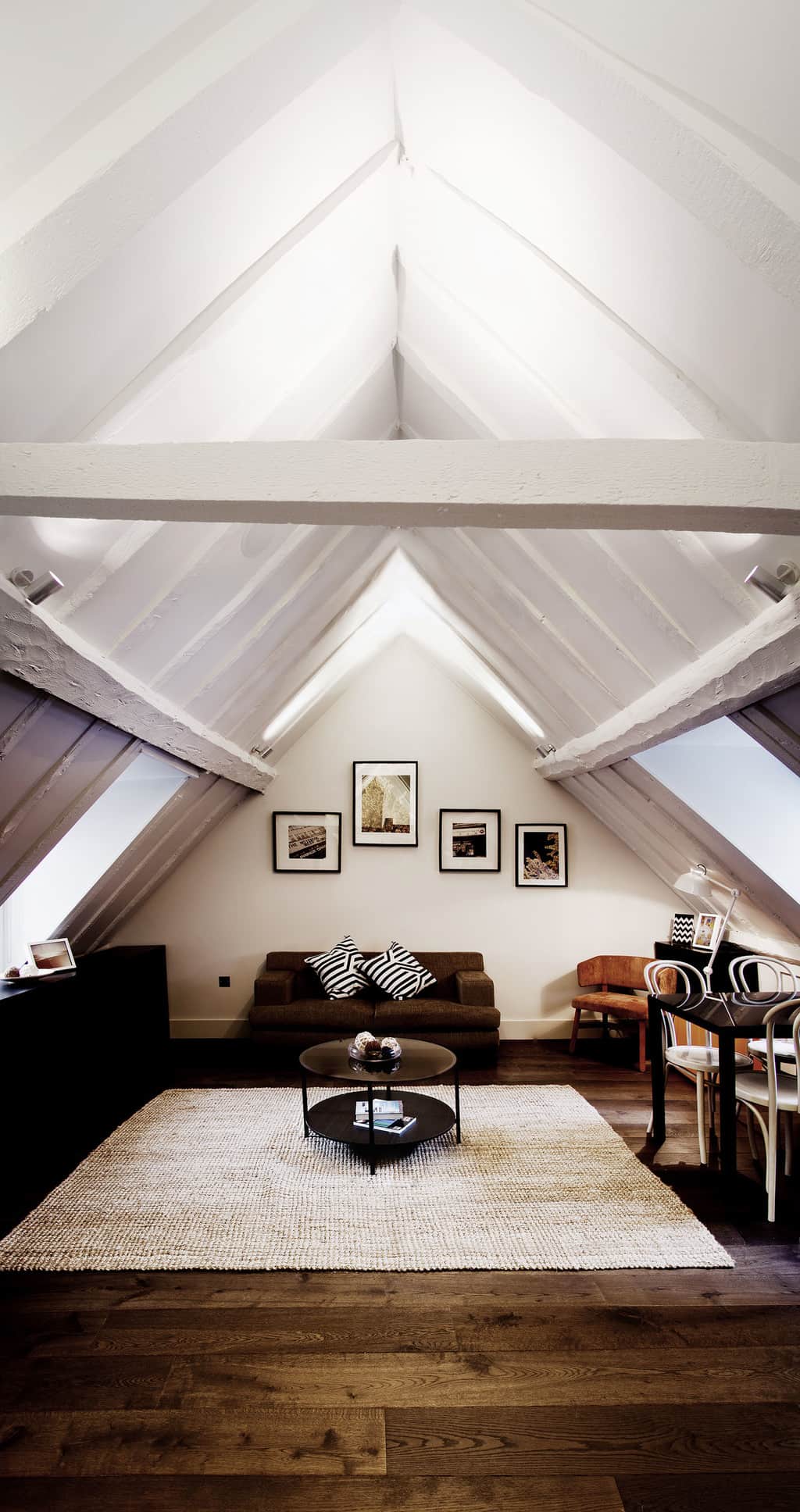

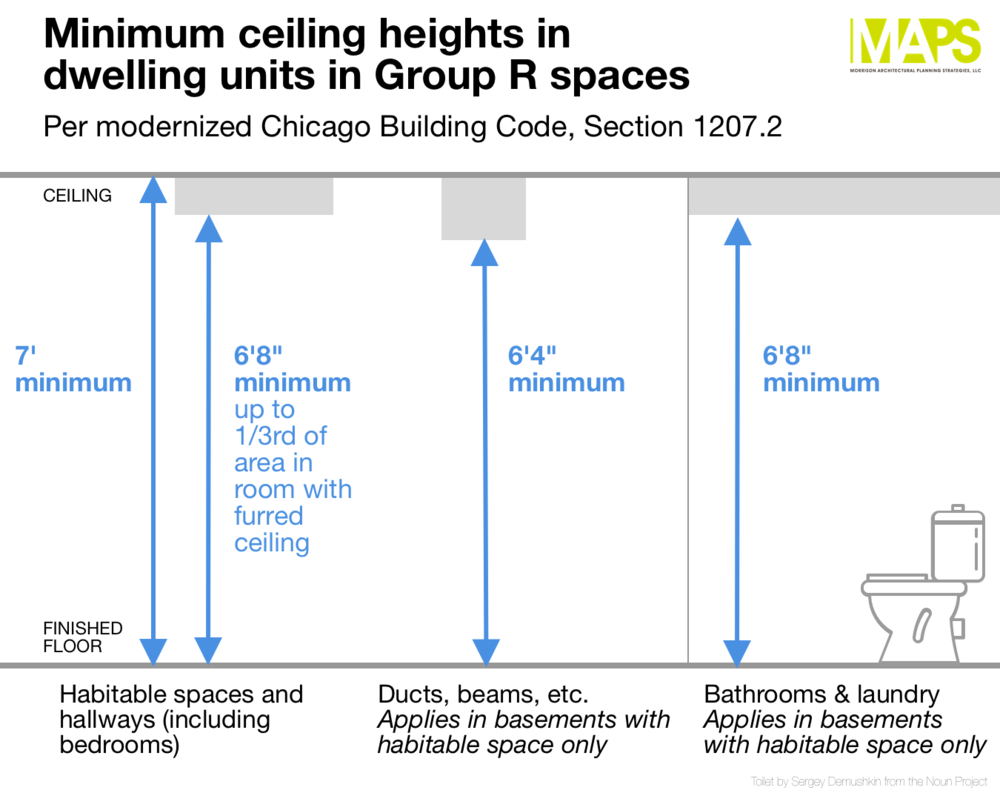







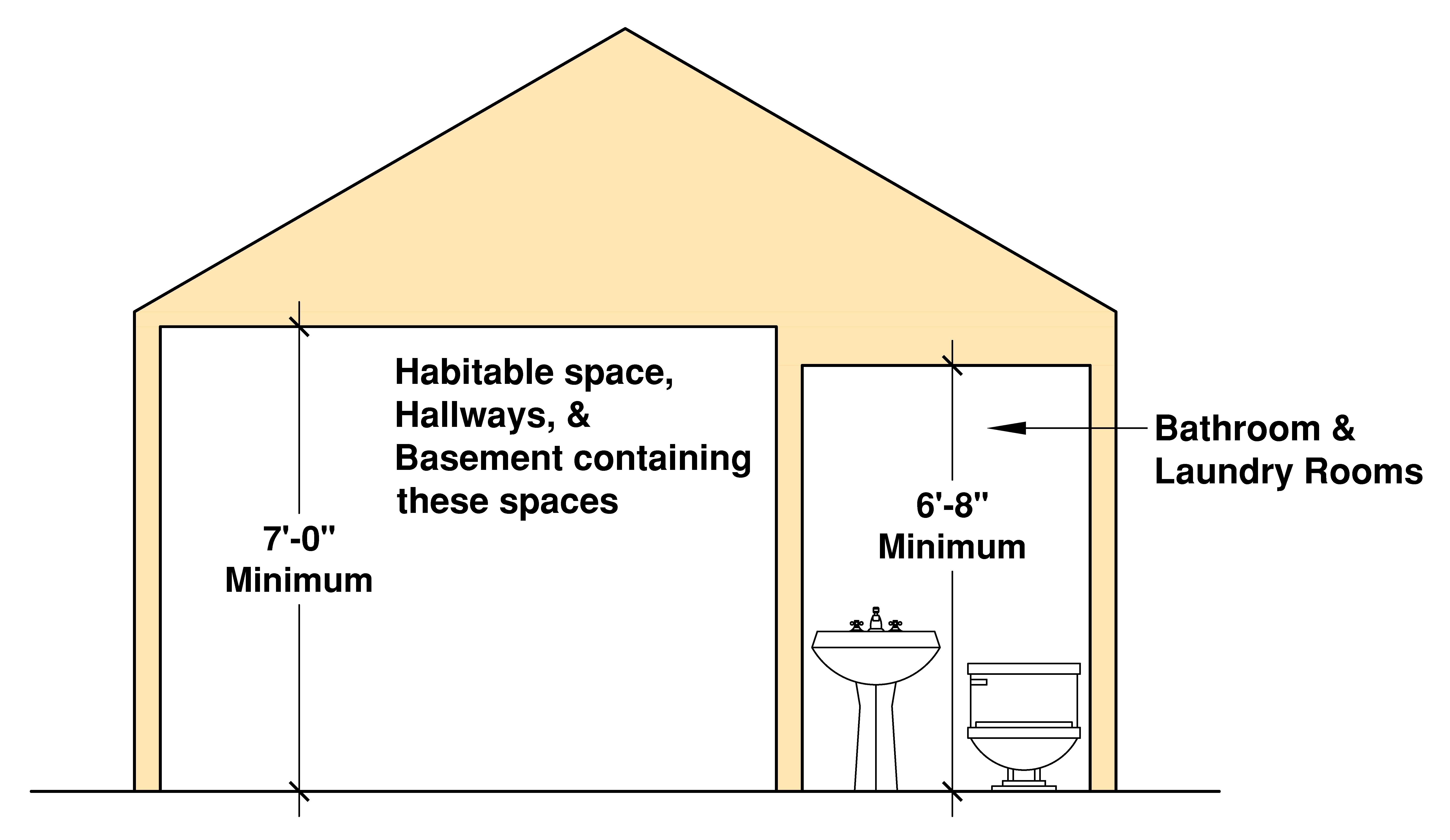
















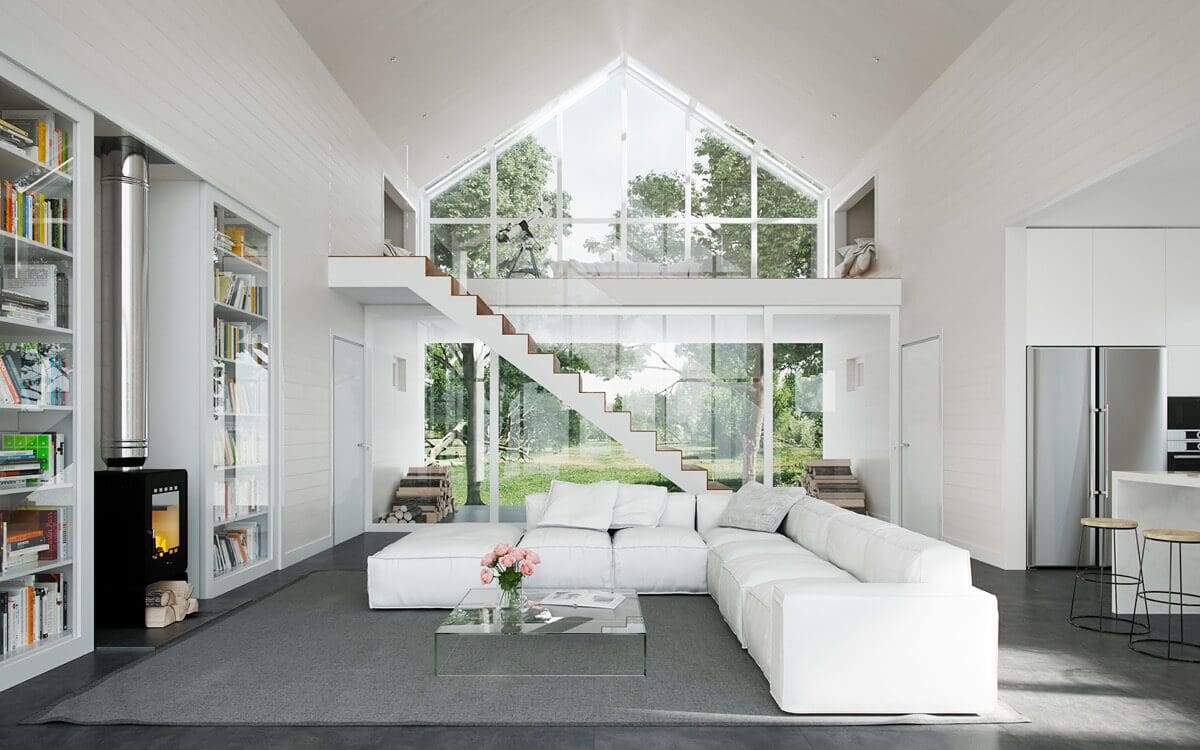







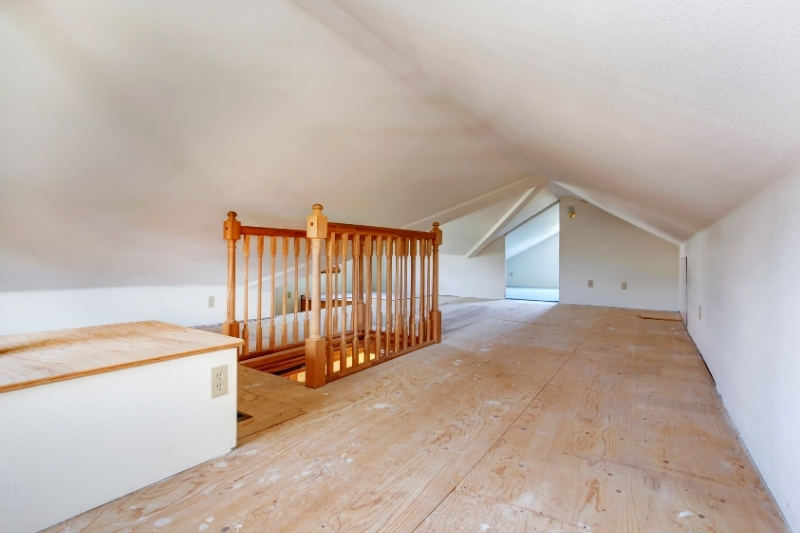













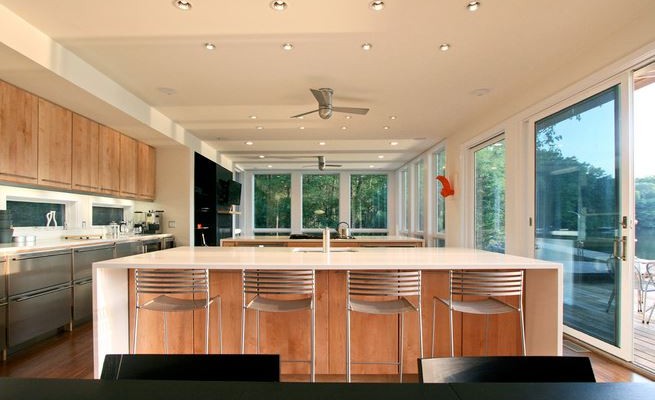
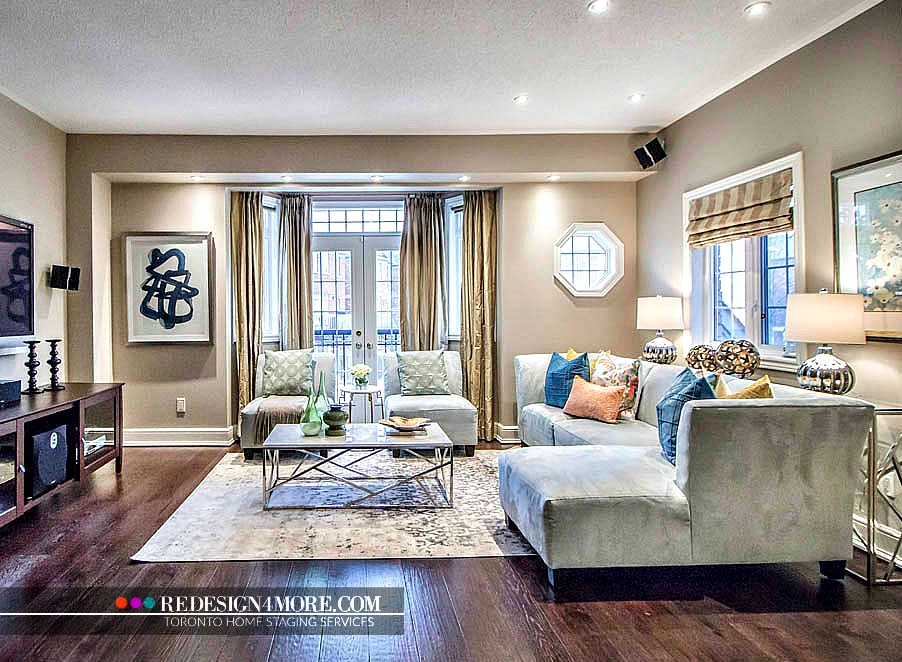



:max_bytes(150000):strip_icc()/living-dining-room-combo-4796589-hero-97c6c92c3d6f4ec8a6da13c6caa90da3.jpg)




